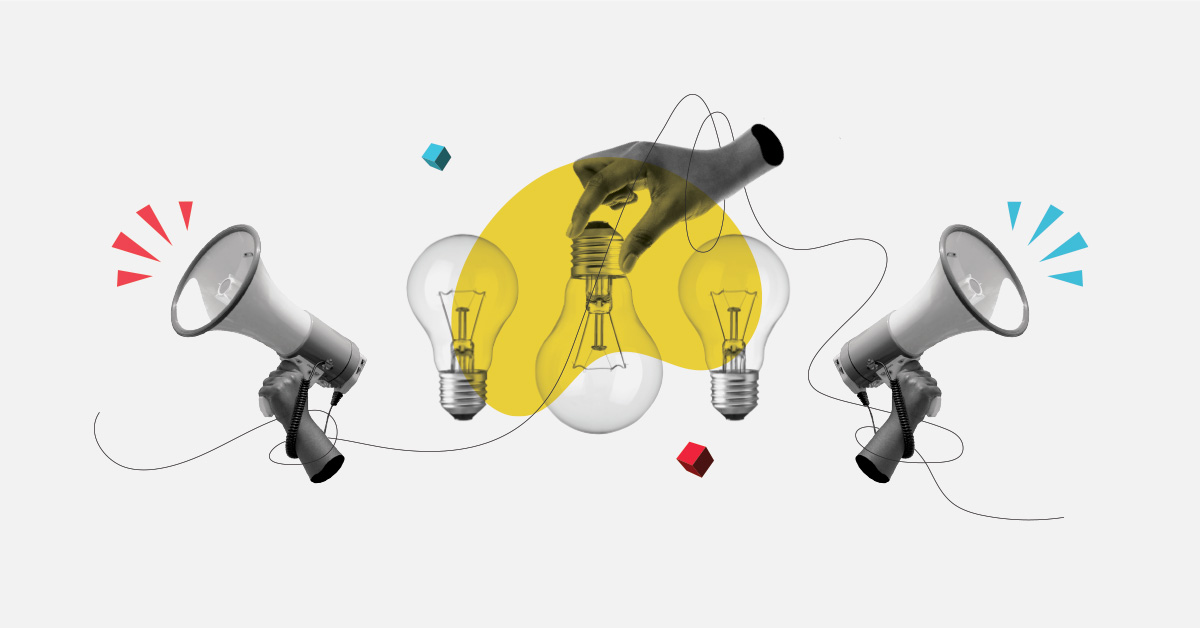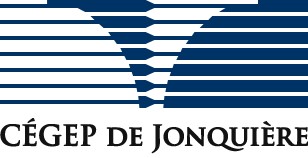They are everywhere, the pictures of muscular men and lovely, skinny women, endlessly available to anxious teenage eyes and aggravating the longstanding adolescent problem of poor self-esteem.
“The problem has indeed gotten worse,” said Marie-Ève Blackburn, of Cégep de Jonquière’s ECOBES (Centre d’Étude des Conditions de vie et des Besoins de la population) in an interview. “Images of the ideal body shape, both female and male, are increasingly and relentlessly portrayed and promoted in the media.”
Blackburn is director of a project on body image and self-esteem in adolescents, funded by the Social Sciences and Humanities Research Council, as part of its Community and College Social Innovation Fund.
She said concern over body image has risen to the point more than 70 per cent of Québec students say they are doing something about their weight, whether it’s controlling it (34 per cent) losing some (25 per cent) or trying to put some on (16 per cent). More girls are unhappy with their weight than boys, but dissatisfaction regarding personal body image is high for everyone.
The dissatisfaction teens have with themselves takes a high toll: it has been linked to anxiety, depression, bullying and eating disorders. It also affects their perception of their health overall.
Preoccupation with body image may be increasing, but it’s not new and many programs have been developed to deal with it. This project will study one of them, Bien dans sa tête, bien dans sa peau (feeling good about yourself, feeling good about your body, or BTBP). Developed by an organization called ÉquiLibre (a partner on this project), it is designed to promote healthy body image among teenagers, and has been offered in Québec for 20 years.
BTBP is a ready-made program, designed to be delivered by school or youth centre staff. There is a master kit and 50 workshops to choose from, including developing a healthy body image, positive attitudes, self-esteem and respect for others. More than 550 schools and youth organizations use it.
“Through the workshops, which can be scheduled throughout the year, young people are invited to become aware of their own self-image and the image they have of others, which contribute to the thinking, beliefs and prejudices that often prevent them from being ‘bien dans sa tête, et bien dans sa peau,’” Blackburn explained.
The implementation of BTBP has been evaluated, but its impact never has. So the first step in the Cégep de Jonquière project is to measure the impact of BTBP, one month, three months, six months and 12 months after the program. They will ask youth who participated about self-esteem, the influence of media, bullying, distress, awareness and healthy lifestyle choices. That information will be used by ÉquiLibre to reinforce or change the program to make it more effective.
The second part of the project is to establish a multidisciplinary international research team on the issue of body image in adolescents. It combines stakeholders and academics to develop and share important knowledge on creating positive body images in teens.


